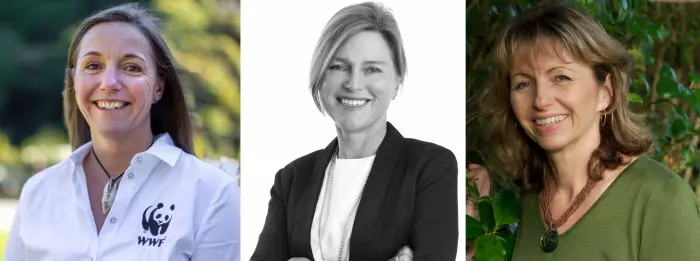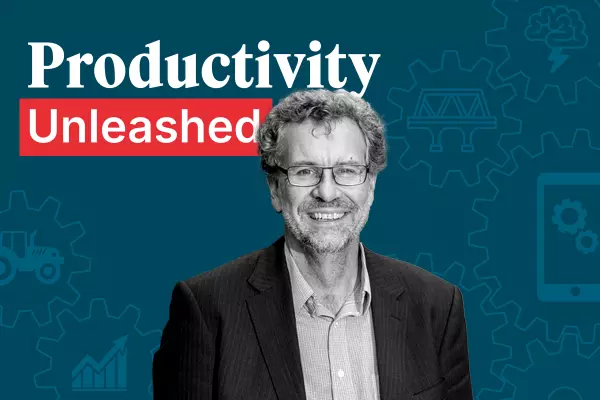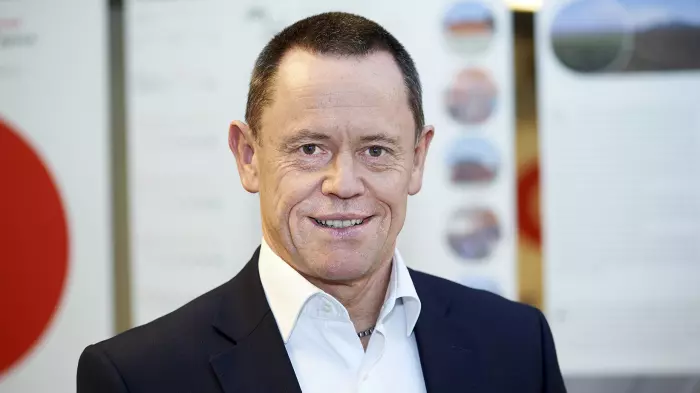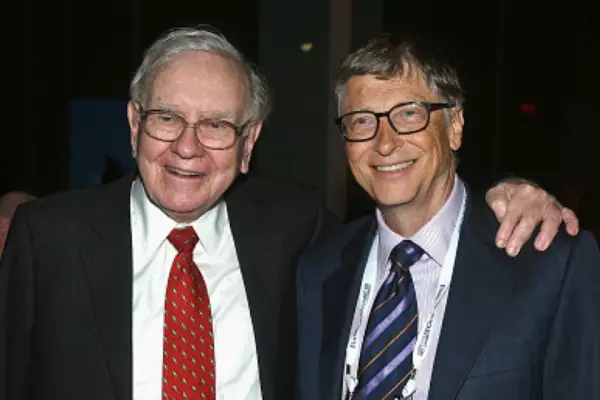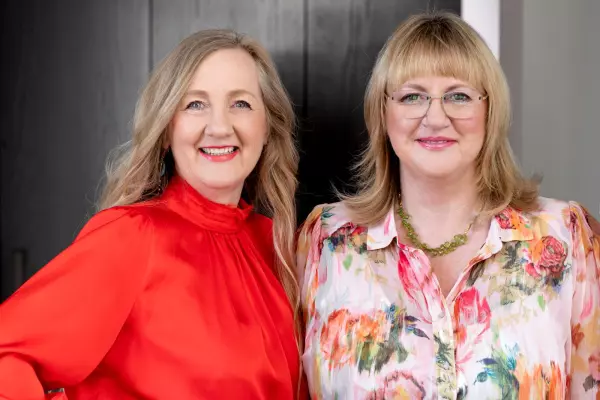Many people in high-performance jobs dream of jumping off the corporate treadmill.
No doubt some mull over running a charity.
Three chief executives in the non-profit sector recall how they made that change.
Although all relish their roles in the world of charity, they warn it's no sinecure.
Volunteering New Zealand’s 2019 statistics – still the most recent – say the value of formal volunteering adds up to $4 billion a year. That sector is increasingly looking at hiring businesspeople to run things, one chief executive says.
Making the change
Five years ago, Livia Esterhazy took the reins of the World Wide Fund for Nature New Zealand, after careers in marketing and communications. She and her family had moved from Sydney to Wellington for a lifestyle change, and she ended up running several advertising agencies in NZ.
Although the advertising industry was exciting, eventually disillusionment set in.
"Some of the practices in that industry, they weren't living with me too well,” Esterhazy said. “And then all of a sudden, crack, one client has one thing and that's it. I can't go any further."
After ignoring an advertisement for the WWF role, a head-hunter came calling, and Esterhazy decided she couldn’t pass up the job twice.
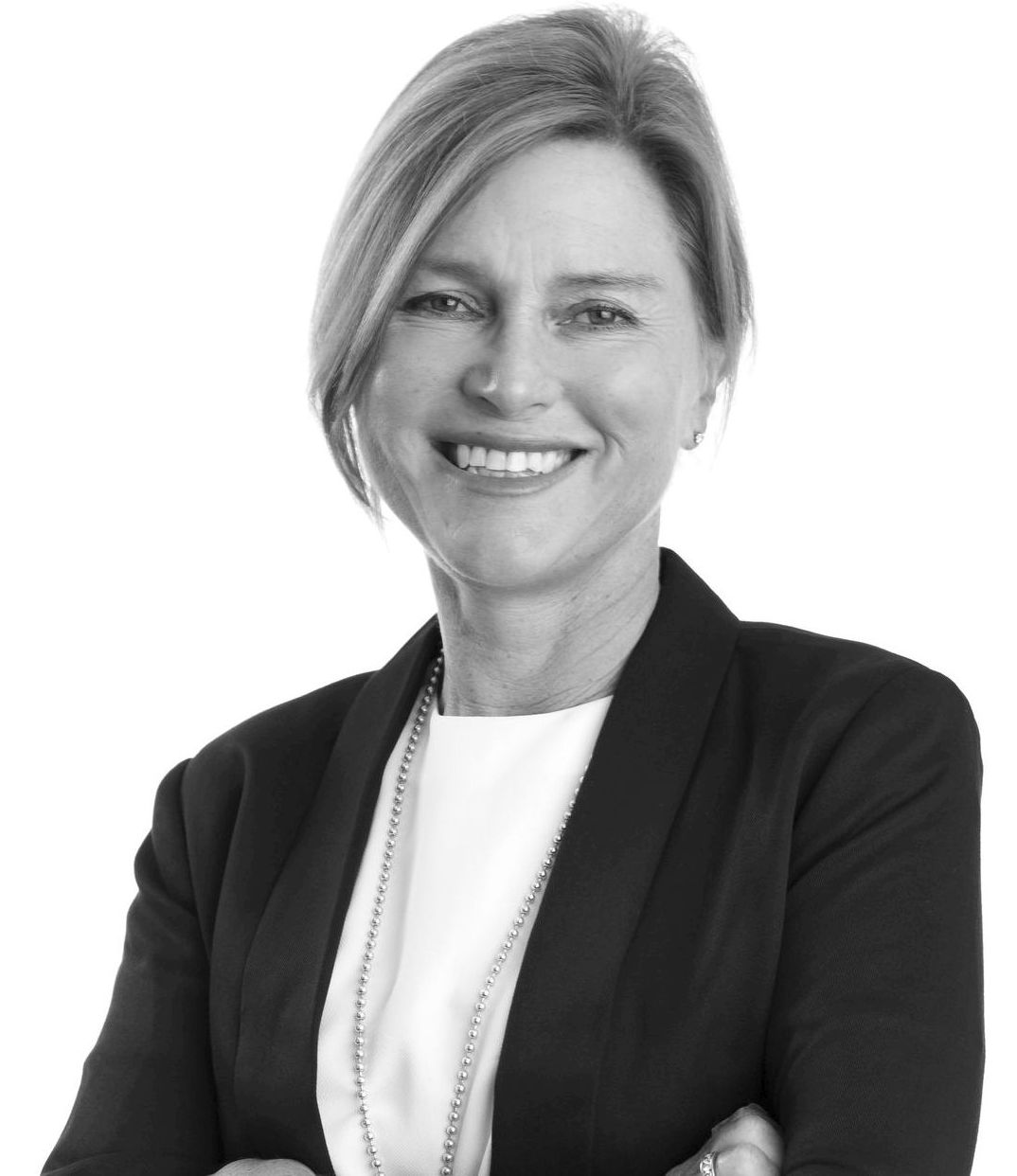
Jenny Stiles (above) was appointed CEO of the Graeme Dingle Foundation after juggling some part-time roles in the foundation with her day job. She had also sat on the charity's board.
The foundation, set up in 1995, runs youth development programmes for ages 5 to 18.
Stiles came from a marketing research background and ended up as executive director of NewsWorks NZ. It was the research career that steered her towards the Graeme Dingle Foundation.
“I wanted to join a charity that could really prove what it did,” she said.
The board had been looking for someone who could build relationships with corporates and boost its funding.
Stiles said she wasn’t trying to escape the corporate grind. "It was more that I couldn't say no to the founders or to the challenge. I knew the power of what the organisation did, could see from being on the board that it had stalled. It was my time to really test myself."
Teresa Moore (below) joined the Catalytic Foundation in 2018 after a career largely based around boats. After completing a bachelor of science in marine biology, she worked as a scientific observer on Soviet trawlers around New Zealand.
“It meant you came home smelling of fish,” she said.
Moore then crewed boats overseas for Sunsail yacht charters, before returning to New Zealand to set up Sunsail New Zealand.
After business consultancy work and a master’s thesis on NZ’s solar energy sector, Moore felt the pull of the non-profit sector, leading eventually to the role at Catalytic.
The foundation acted as something of a broker between businesses and the community, gathering donations, assessing charities and distributing funds to them, Moore said.
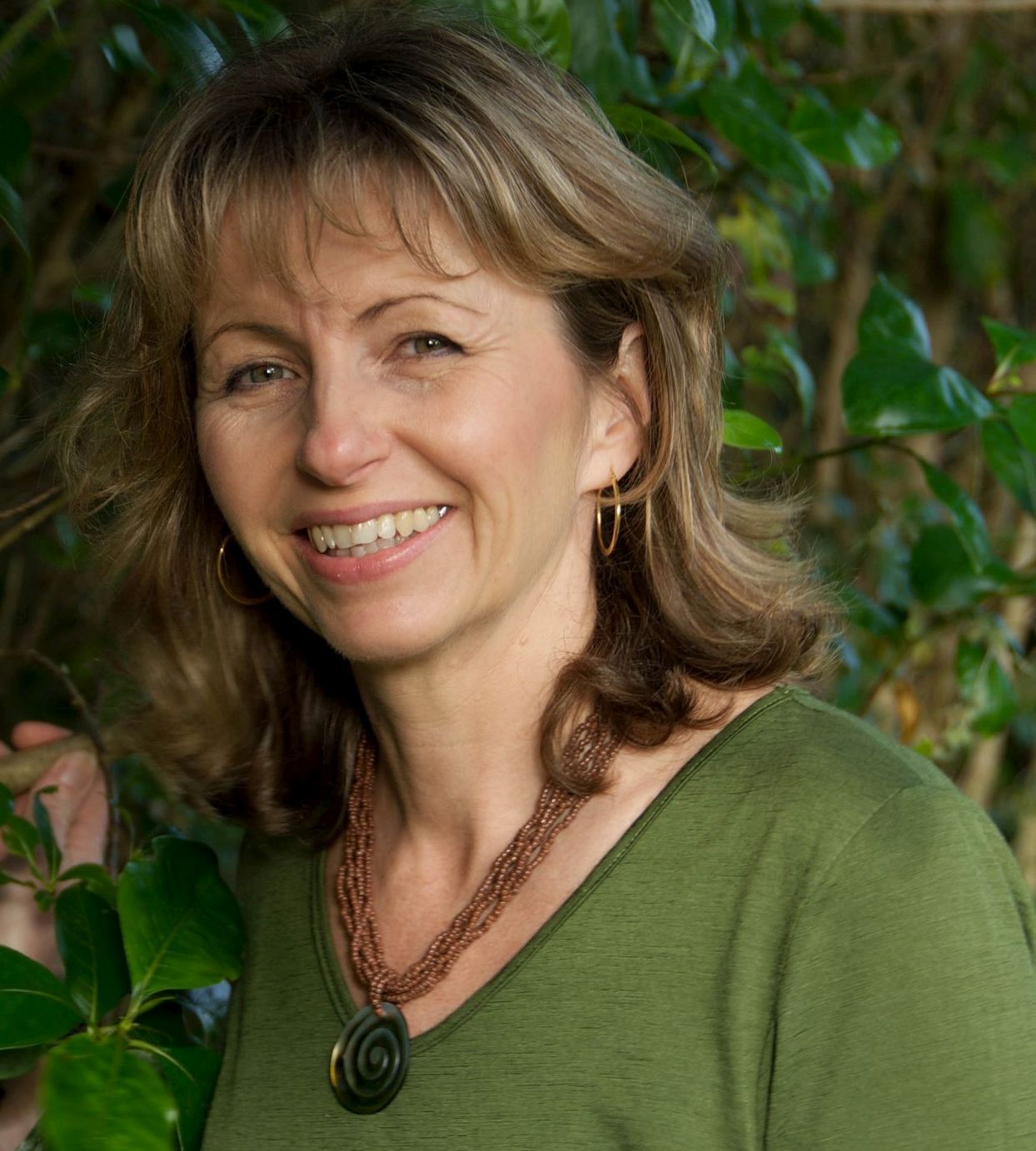
Running a charity
How do they get things done? All three say doing anything at all depends on having money to do it.
"I don't think there is much difference as far as running the business goes, because you still have to have business principles when you're running a not-for-profit," Moore said.
“It's more hands-on, and you are fighting for money all the time, you are constantly trying to fundraise."
The pay was lower, but there were compensations. "If a charity rings me up and says 'Hey, we wouldn't be able to do this without you’ – you just feel so good," Moore said.
Esterhazy said there had been a huge cultural shift for her, but shaking things up wasn’t necessarily a bad thing. NGOs, like any other sector, benefited from looking at things in a different way.
Both Esterhazy and her staff earned far less than people in the corporate world, and her own pay was almost halved. “Yet they don’t give anything less, because they are passionate about the mission of the organisation,” Esterhazy said.
The WWF board had sought her out for her business background and that was a path non-profit organisations were going down, because a charity was a business, she said. “It needs to actually make money to do good.”
Stiles said she drew on every skill she had ever learnt to run her foundation.
“For the first year as CEO, I was like a possum in the headlights. It’s the hardest job I have ever had, but I love it.”
Not surprisingly, all three CEOs were at ease dealing with potential corporate sponsors. Stiles said she was amazed at the willingness of people in the corporate world to help, particularly during the pandemic.
When she looked at the numbers, she found that the Graeme Dingle Foundation had received $1.2m of in-kind support over four years.
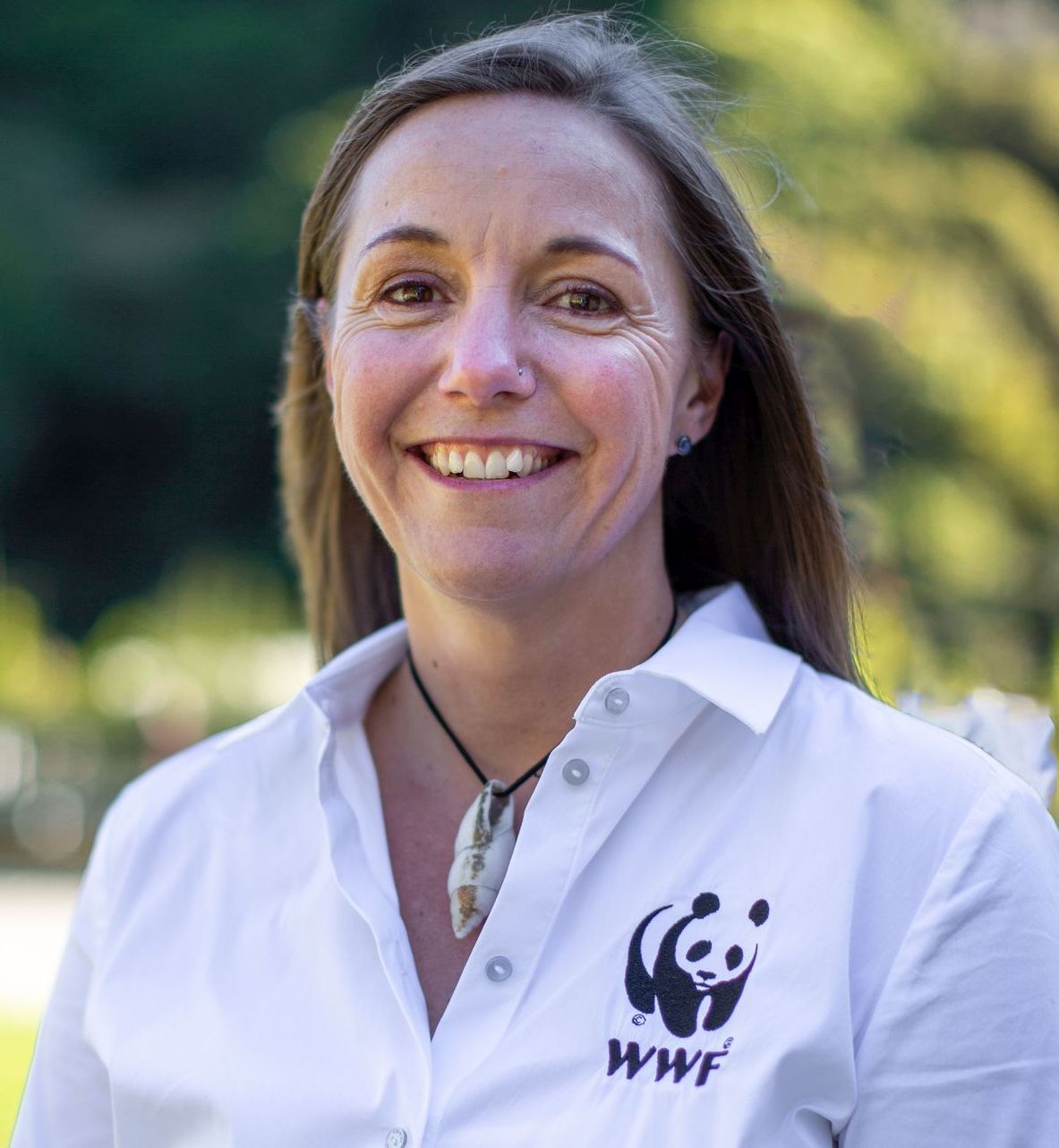
Potential pitfalls
Esterhazy (above), Moore and Stiles have landed on their feet in the charity world. But how could someone following in their footsteps trip up?
Moore said anyone going in to run a charity had to adjust to the lack of resources.
"I've seen a few people go into the not-for-profit sector and actually spend the same as they did. They just can't, you know." The best strategy was to diversify their organisation's income, and build long-term relationships with businesses and donors, she said.
Esterhazy said even though skills such as marketing, accounting and leadership were the same, the environment was different.
"It's really about understanding, deep down, what and why they've been doing what they've been doing, so that you can then add to that to make a difference, and not come in thinking, 'I just need to change everything, let's do it my way'."
Stiles said she got to work with people who thought far differently. “To start with, this can be outside your comfort zone ... people with massive intellects who have spent their lives driving for a cause.”
Previous industry acclaim counted for little and any ego would be quickly squashed, she said. Frontline teams wanted their issues solved fast.
The job had also brought her new insights into NZ society, Stiles said.
“You might learn, as I did, that the playing field you thought was level, really isn’t.”


